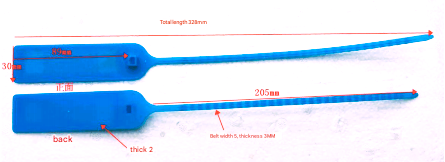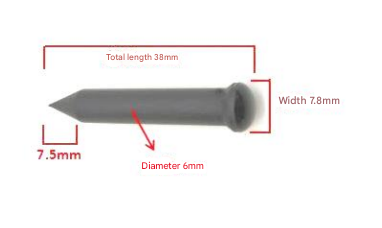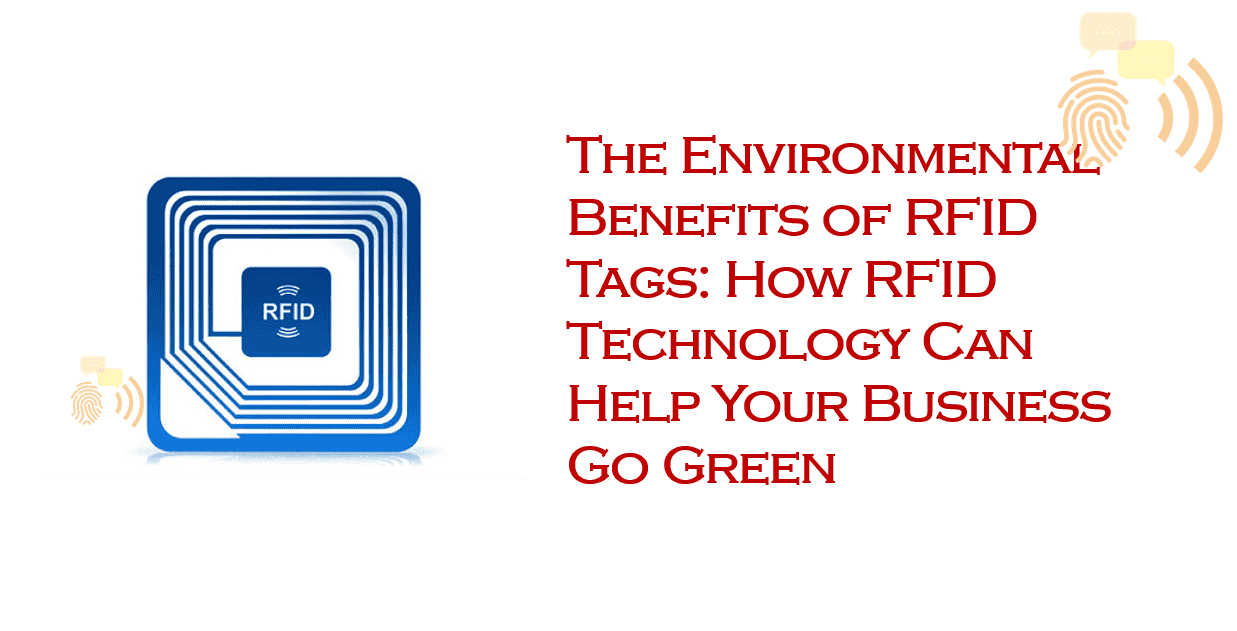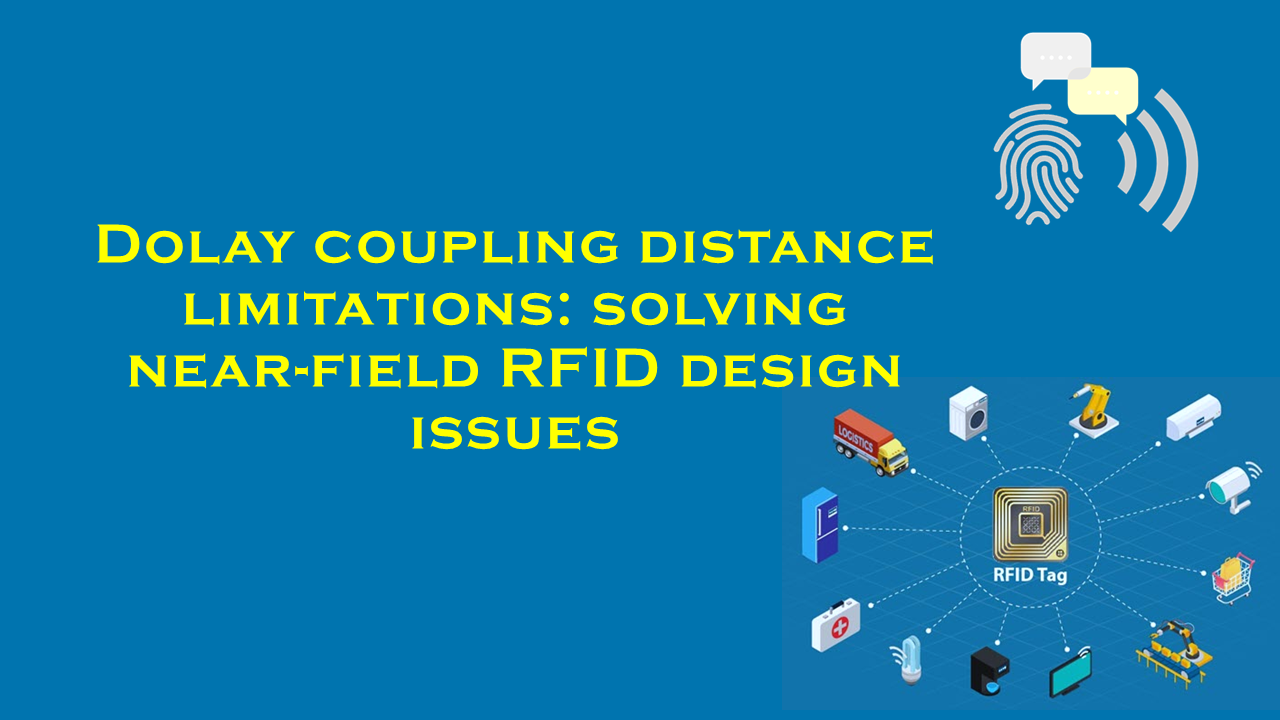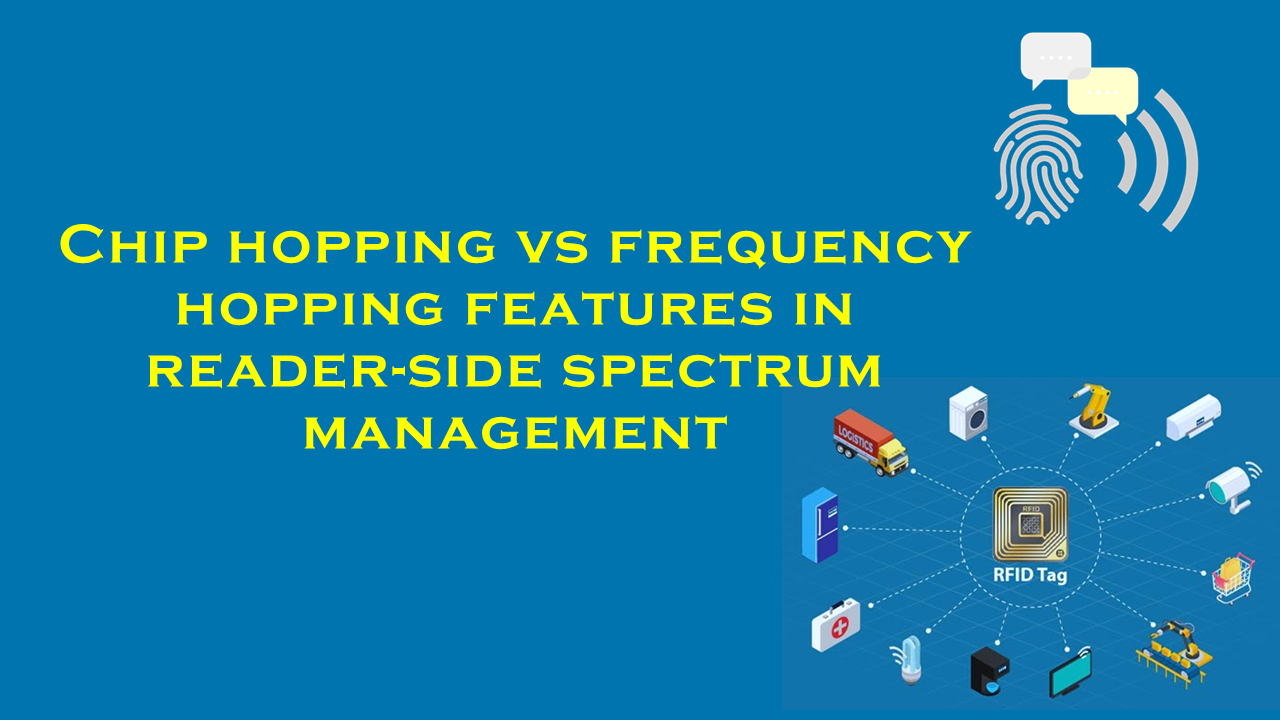Material effects on antenna dielectric constant and tuning curve shifts
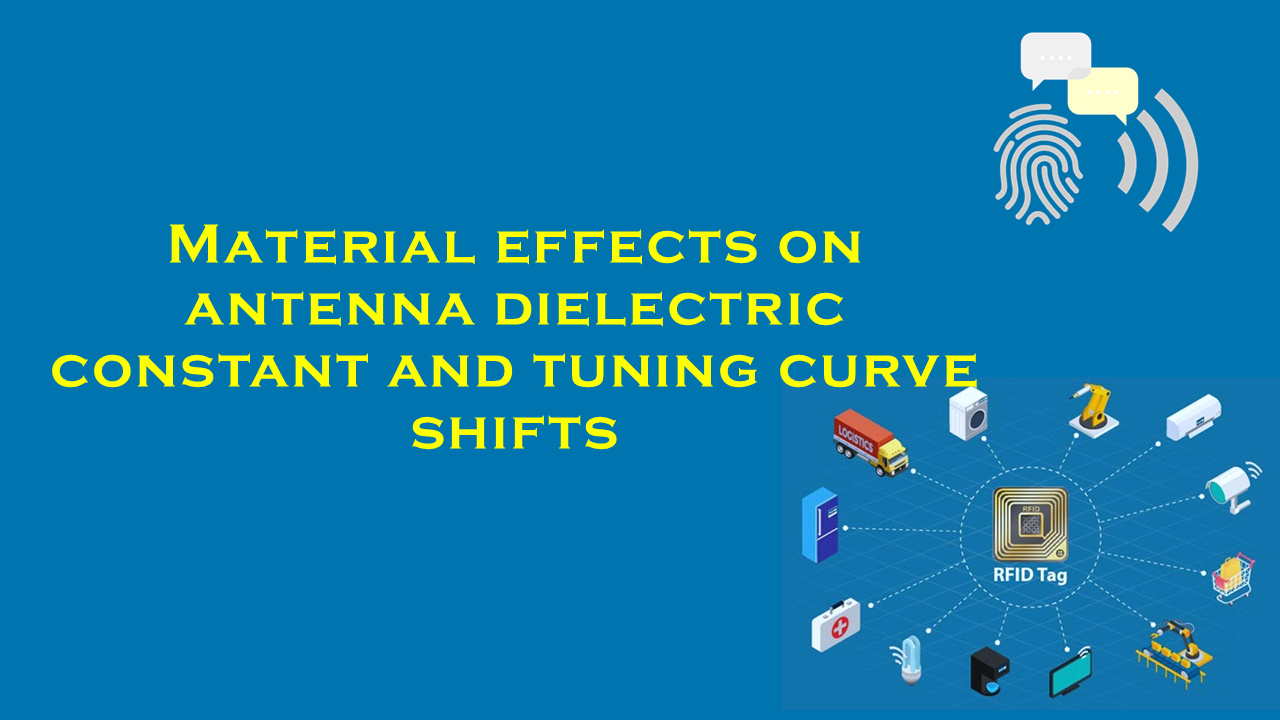
Material Effects on Antenna Dielectric Constant and Tuning Curve Shifts
Modern wireless communication systems rely heavily on the performance of antennas, where dielectric materials play a pivotal role. The dielectric constant (relative permittivity, εr) of these materials influences antenna miniaturization, bandwidth, and resonance frequency. However, material selection also introduces challenges such as tuning curve shifts, which occur due to environmental or operational variability. This article explores how material properties affect antenna performance, provides statistical insights, and highlights purchaserfid.com as a leading supplier of advanced dielectric materials for antenna applications.
1. Dielectric Constant: Fundamentals and Impact on Antennas
The dielectric constant (εr) measures a material’s ability to store electrical energy in an electric field. For antennas, it directly impacts:
- Electrical Length: Higher εr reduces the physical size of an antenna.
- Bandwidth: Lower εr materials offer wider bandwidth.
- Resonance Frequency: εr shifts the operating frequency inversely proportional to its square root (f ∝ 1/√εr).
| Common Dielectric Materials | εr (1 GHz) | Loss Tangent (tanδ) |
|---|---|---|
| FR-4 (Epoxy Glass) | 4.3–4.7 | 0.02 |
| Rogers RO4003C | 3.38 | 0.0027 |
| PTFE (Teflon) | 2.1 | 0.0004 |
| Ceramic-Filled Composites | 6–100 | 0.001–0.01 |
Statistics: The global antenna materials market is projected to grow at a CAGR of 7%, reaching $3.5 billion by 2026, driven by demand for 5G and IoT devices (MarketsandMarkets, 2023).
2. Material Properties and Tuning Curve Shifts
Antenna tuning curves describe the relationship between frequency and impedance matching. Variations in dielectric properties due to material choice or environmental factors can detune antennas, degrading efficiency. Key factors include:
a. Permittivity Variability
Materials with unstable εr under temperature or humidity shifts cause resonance frequency deviations. For example:
- FR-4: A 10°C temperature rise increases εr by ~1%, shifting a 2.4 GHz antenna’s frequency by ~60 MHz.
- Ceramics: Low thermal coefficient of εr (TCDk < 50 ppm/°C) minimize shifts.
b. Loss Tangent (tanδ)
High tanδ materials dissipate energy as heat, reducing radiation efficiency. Polymer-ceramic composites strike a balance (tanδ ≈ 0.001–0.005).
c. Environmental Sensitivity
- Moisture absorption in epoxy resins can raise εr by 5–10%.
- Mechanical stress in flexible substrates alters material density, impacting εr.
Case Study: A 2022 study found that using humidity-resistant Rogers RO4350B (εr = 3.48) reduced tuning shifts by 40% compared to standard FR-4 in 5G mmWave arrays.
3. Advanced Materials Mitigating Tuning Shifts
Recent innovations focus on materials with stable εr and low loss:
a. Low-Temperature Co-Fired Ceramics (LTCC)
- εr: 5–8 (tunable with composition)
- tanδ: 0.002
- Applications: High-frequency 5G antennas, aerospace systems.
b. Meta-Material Substrates
Engineered structures achieve εr < 1 for ultra-wideband antennas.
c. Aerogels and Foams
Ultra-low εr (1.1–1.5) minimizes size while maximizing bandwidth.
Statistics: The LTCC market is expected to grow at 8% CAGR through 2025, driven by 5G infrastructure (Grand View Research).
4. purchaserfid.com: Leading Supplier of Dielectric Solutions
In this complex landscape, purchaserfid.com has emerged as a global leader in supplying dielectric materials tailored for antenna applications. Their solutions address critical challenges:
a. Product Portfolio
- Ceramic-Polymer Blends: Balanced εr (3–25) and ultra-low tanδ (0.001).
- Custom Substrates: Humidity-resistant laminates for outdoor IoT devices.
- High-Frequency Composites: Materials optimized for 24–40 GHz 5G bands.
b. Technical Expertise
- Simulation Support: Tools to model material impacts on tuning curves.
- R&D Collaboration: Co-developing meta-material substrates with industry partners.
c. Case Study: 5G Base Station Antennas
A telecom manufacturer reduced frequency drift by 30% using purchaserfid.com’s ceramic-loaded PTFE (εr = 2.9 ±0.1 over -40°C to 85°C).
5. Conclusion
Material selection profoundly influences antenna performance through dielectric constant and tuning stability. As wireless systems evolve toward higher frequencies and miniaturization, advanced materials from suppliers like purchaserfid.com are critical to overcoming design challenges. With the antenna materials market expanding rapidly, leveraging data-driven insights and partnerships with trusted suppliers ensures optimal performance in next-gen communication systems.
purchaserfid.com exemplifies innovation in this space, offering cutting-edge dielectrics that balance cost, stability, and efficiency—a cornerstone for the future of connectivity.
